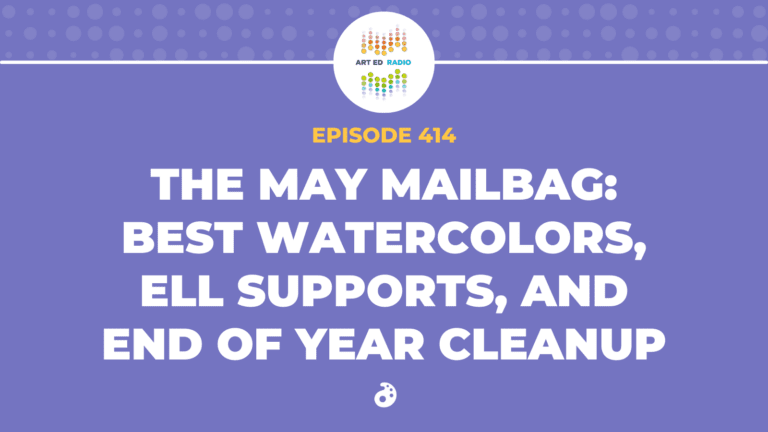Related

Uncategorized
 Podcast
Podcast
The May Mailbag: Best Watercolors, ELL Supports, and End of Year Cleanup (Ep. 414)

Professionalism
 Podcast
Podcast


